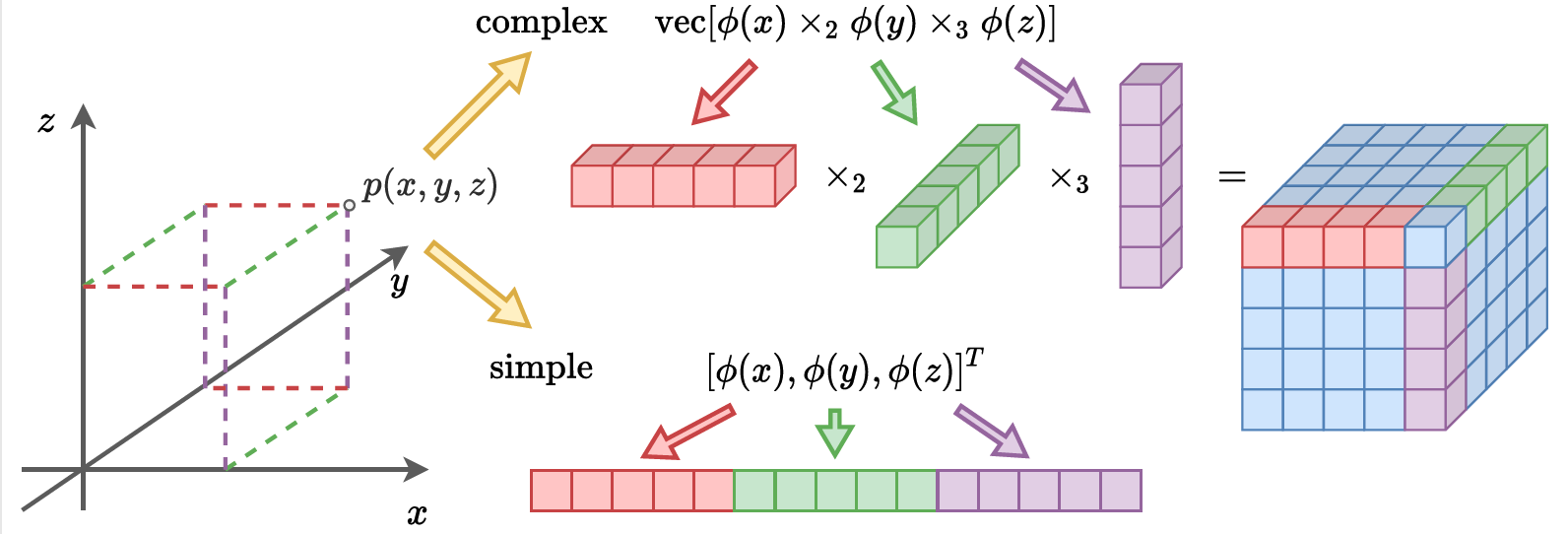Trading Positional Complexity vs. Deepness in Coordinate Networks
It is well noted that coordinate-based MLPs benefit -- in terms of preserving high-frequency information -- through the encoding of coordinate positions as an array of Fourier features. Hitherto, the rationale for the effectiveness of these positional encodings has been mainly studied through a Fourier lens. In this paper, we strive to broaden this understanding by showing that alternative non-Fourier embedding functions can indeed be used for positional encoding. Moreover, we show that their performance is entirely determined by a trade-off between the stable rank of the embedded matrix and the distance preservation between embedded coordinates. We further establish that the now ubiquitous Fourier feature mapping of position is a special case that fulfills these conditions. Consequently, we present a more general theory to analyze positional encoding in terms of shifted basis functions. In addition, we argue that employing a more complex positional encoding -- that scales exponentially with the number of modes -- requires only a linear (rather than deep) coordinate function to achieve comparable performance. Counter-intuitively, we demonstrate that trading positional embedding complexity for network deepness is orders of magnitude faster than current state-of-the-art; despite the additional embedding complexity. To this end, we develop the necessary theoretical formulae and empirically verify that our theoretical claims hold in practice.
PDF Abstract

 DIV2K
DIV2K
 YouTube-8M
YouTube-8M